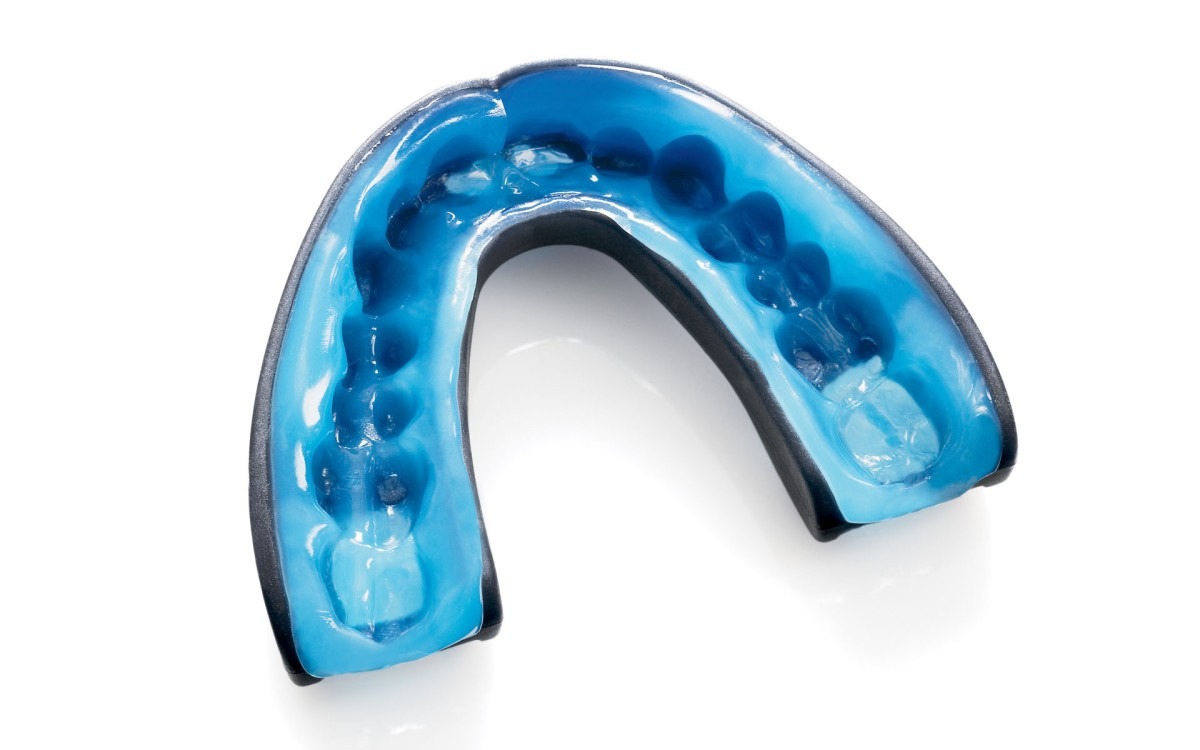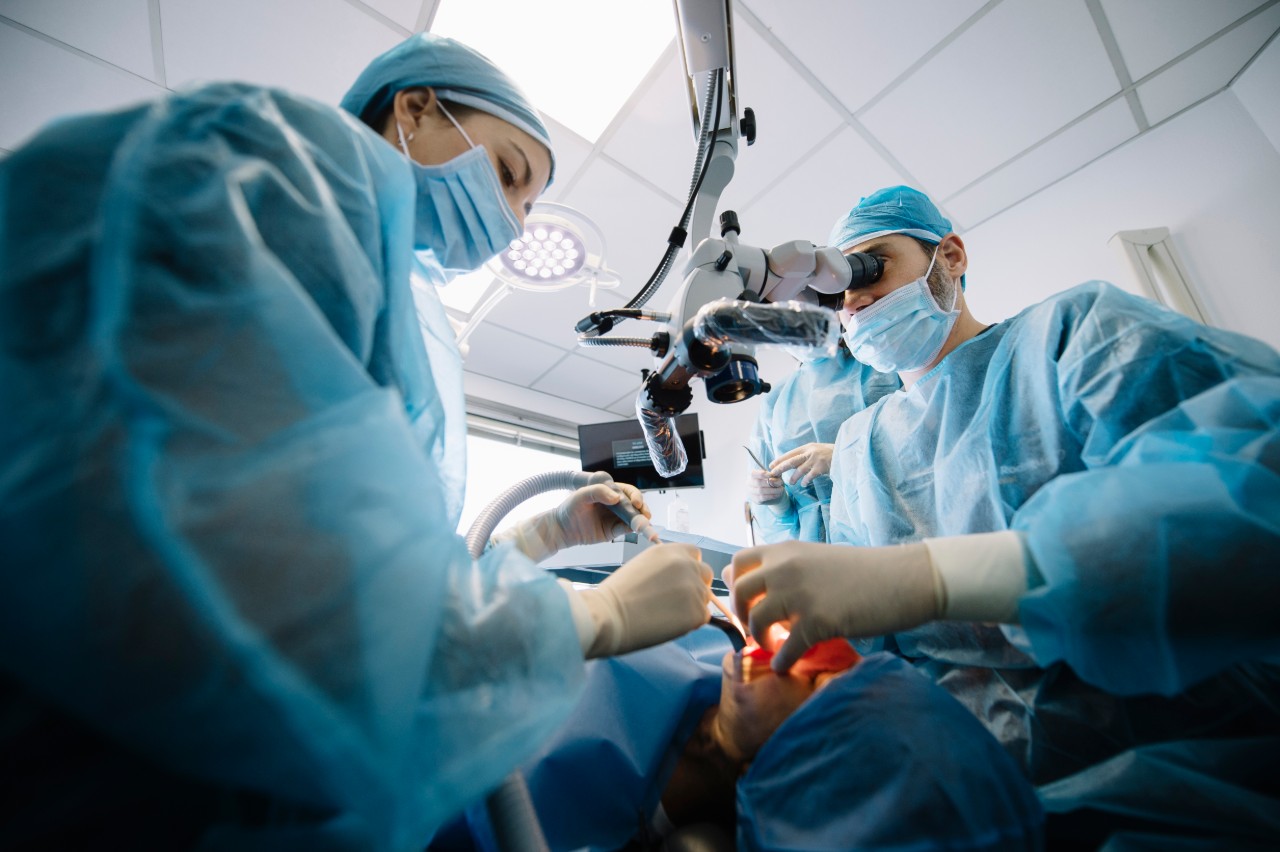Wisdom Teeth Extraction: Everything You Need to Know
Wisdom teeth, also known as third molars, are the last set of molars to emerge in the human mouth.
Anúncios
These teeth typically start to erupt in late adolescence or early adulthood, usually between the ages of 17 and 25.
Anúncios
While some people can accommodate these additional molars without any issues, many individuals experience problems with their wisdom teeth, necessitating their removal through a procedure known as wisdom teeth extraction.
Why Wisdom Teeth Extraction is Necessary
Wisdom teeth often become impacted, meaning they do not have enough space to fully emerge or align properly with the rest of the teeth. An impacted wisdom teeth may cause a range of issues, such as pain, infection and damage to adjacent teeth. In such cases, extraction is necessary to prevent further complications.
Anúncios
The presence of wisdom teeth can lead to crowding of the existing teeth in the mouth. This can disrupt the alignment of the teeth and potentially undo the effects of previous orthodontic treatments, such as braces. Removing wisdom teeth can help maintain the proper alignment of the teeth.
Impacted wisdom teeth can become breeding grounds for bacteria, leading to infections known as pericoronitis. These infections can cause pain, swelling, and difficulty in opening the mouth. Extracting the affected wisdom tooth can resolve the infection and prevent it from spreading.
Located at the back of the mouth, it’s hard to clean the wisdom teeth properly. This can increase the risk of tooth decay and gum disease. Extraction can eliminate the risk of decay in these hard-to-reach areas.
The Wisdom Teeth Extraction Procedure
Before the extraction procedure, a thorough examination is conducted by a dentist or oral surgeon. This assessment may involve X-rays to determine the position of the wisdom teeth, their roots, and any potential complications. Based on this assessment, the healthcare provider will decide whether local or general anesthesia is required.
For less complex extractions, local anesthesia is often sufficient. The dentist will numb the area around the tooth, ensuring the patient feels no pain during the procedure while remaining awake and aware.
In cases where the wisdom teeth are deeply impacted or multiple extractions are needed, general anesthesia may be preferred. Under general anesthesia, the patient is completely unconscious and unaware of the procedure, which is typically performed in a hospital or surgical center.
The actual extraction involves removing the wisdom tooth from its socket in the jawbone. The dentist or oral surgeon will make an incision in the gum tissue to access the tooth and may need to break the tooth into smaller pieces for easier removal. Once the tooth is extracted, any incisions are stitched closed.
Recovery After Wisdom Teeth Extraction
Immediately after the extraction, you may experience bleeding from the extraction site. The dentist or oral surgeon will provide you with gauze to bite down on, helping to control the bleeding. Swelling and mild discomfort are also common and can be managed with prescribed pain medication and cold compresses applied to the outside of the cheek.
It’s important to stick to a soft diet in the days following the extraction. Avoid hard, crunchy, or spicy foods that can irritate the surgical site. Opt for soups, yogurt, mashed potatoes, and other soft, easy-to-chew foods.
Maintaining good oral hygiene is crucial during the recovery period. However, you should be gentle around the extraction site. You can rinse your mouth with warm saltwater after 24 hours to help keep the area clean.
Rest is essential for a smooth recovery. Avoid strenuous physical activities for a few days after the procedure to prevent excessive bleeding or complications. Additionally, do not smoke or drink through straws, as these activities can dislodge the blood clot that forms at the extraction site. Your dentist or oral surgeon will schedule follow-up appointments to monitor your healing progress and remove any stitches if necessary.
Potential Complications and Risks
One common complication after wisdom teeth extraction is dry socket, which occurs when the blood clot that forms at the extraction site is dislodged or dissolves prematurely. This may lead to severe pain and delayed healing. Patients should follow post-operative instructions carefully to minimize the risk of dry socket.
Infections can occur after the procedure, but they are relatively rare. Signs of infection may include persistent pain, swelling, fever, and discharge from the extraction site. If an infection is suspected, antibiotics may be prescribed .
In some cases, the nerves near the wisdom teeth can be damaged during extraction, leading to numbness or tingling in the lower lip, tongue, or chin. This complication is usually temporary but can be permanent in rare instances.




